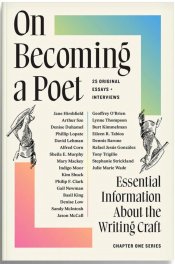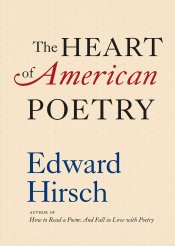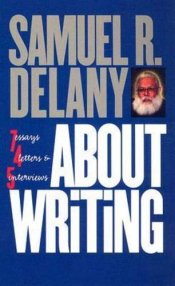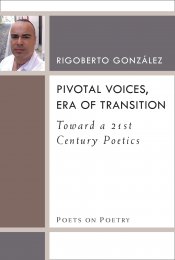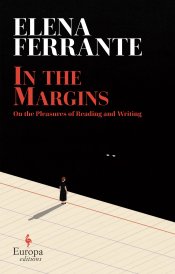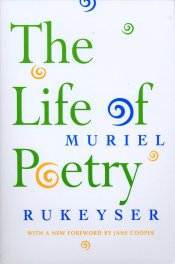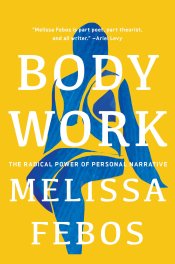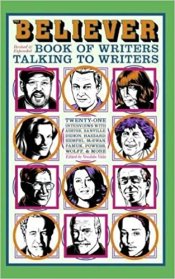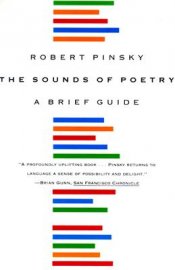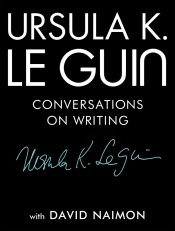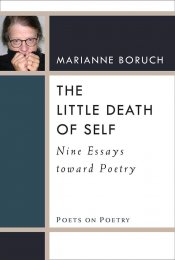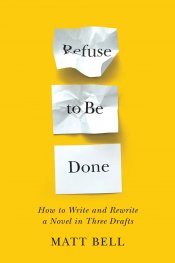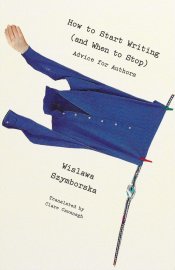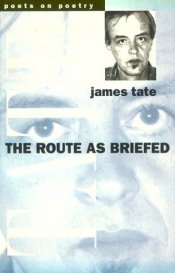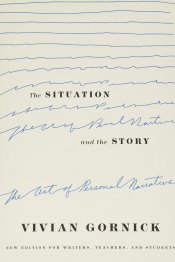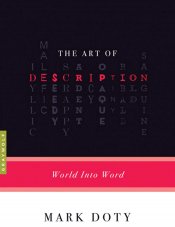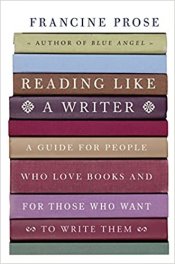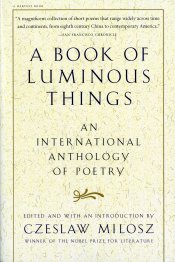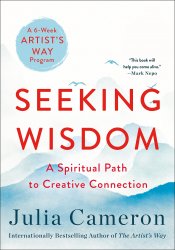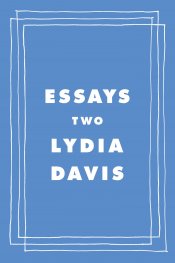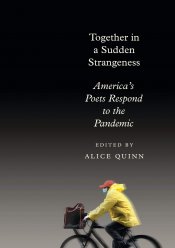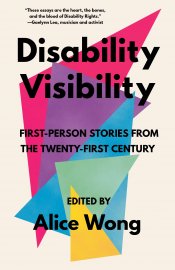A Stranger’s Journey: Race, Identity, and Narrative Craft in Writing
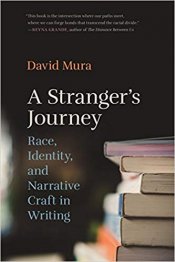
In this collection of essays, poet, memoirist, and critic David Mura uses his many years of experience as a teacher of creative writing to dissect timeless and timely aspects of writing fiction and nonfiction as a writer of color. “The purpose of this book is to instruct writers about their craft, particularly fiction writers and writers of memoir as well as creative writing teachers,” writes Mura in the introduction. Organized into five sections, including an appendix of writing assignments, the book explores topics within the writing community with chapters such as “The Student of Color in the Typical MFA Program” and “On Race and Craft: Tradition and the Individual Talent Revisited,” and provides an examination of narrative and identity in memoir writing with close studies of the work of writers including James Baldwin, Mary Karr, Maxine Hong Kingston, and ZZ Packer. A rigorous mix of memoir and guidebook, A Stranger’s Journey offers readers, as Mura puts it, “a seminal guide to their own transformative journey.”






